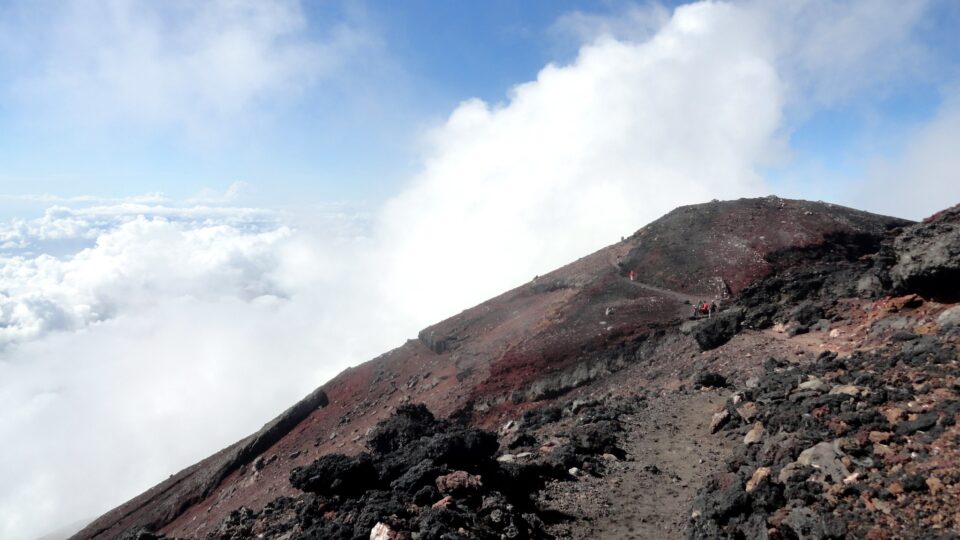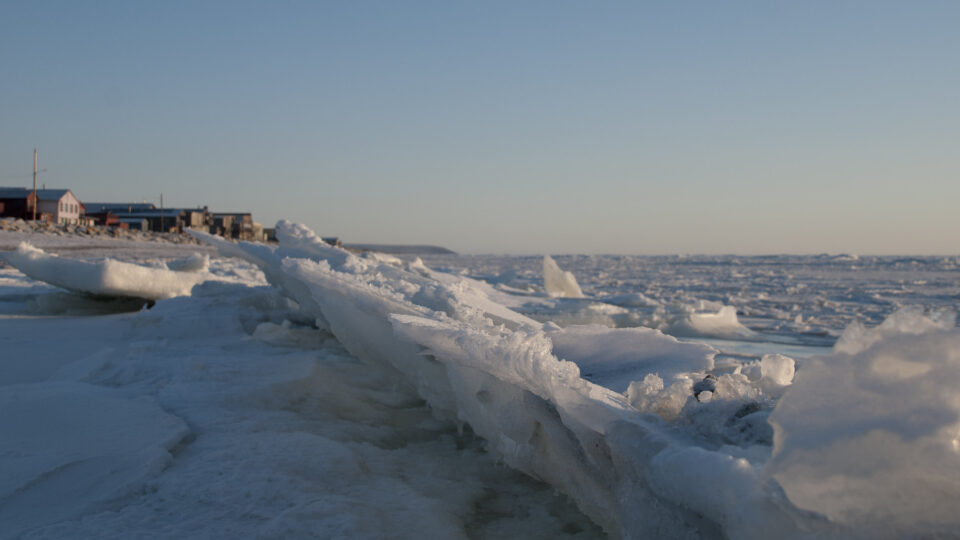In a year filled with unusually warm months, October 2024 ranked as the second-warmest October in the 175 years of the National Oceanic and Atmospheric Administration’s records. It was just 0.09 degrees Fahrenheit cooler than the previous global record set just last year.
In our part of the world, North America had its warmest October on record.
Year-to-date, the global surface temperature has been 2.3 degrees Fahrenheit above the 20th century average, which is the warmest such period on record. This record warmth was observed in Africa, Europe, North America, Oceania, and South America. With only a little of the year to go, predictions are that there is a greater than 99% chance that 2024 will rank as the world’s warmest year on record.
Other aspects of the warming climate were also in full evidence in October. Global sea ice coverage was the smallest in the 46 years that it has been tracked, about 1.25 million square miles below the 1991-2020 average. Ice extent in the Arctic was the fourth lowest on record and ice extent in the Antarctic was the second lowest on record.
Global ocean surface temperature was the second warmest for October and is the warmest ever for the period January to October.
The Atlantic basin saw five tropical cyclones during October, including the deadly and destructive Hurricane Milton that made landfall just south of Tampa Bay.
The monthly climate postings by NOAA continue to report record-breaking temperatures and significant climate anomalies and events. This pattern is not likely to do anything but continue in the future.
**********
Web Links
Planet saw its 2nd-warmest October in 175-year record
Photo, posted August 21, 2018, courtesy of Fabio Achilli via Flickr.
Earth Wise is a production of WAMC Northeast Public Radio


